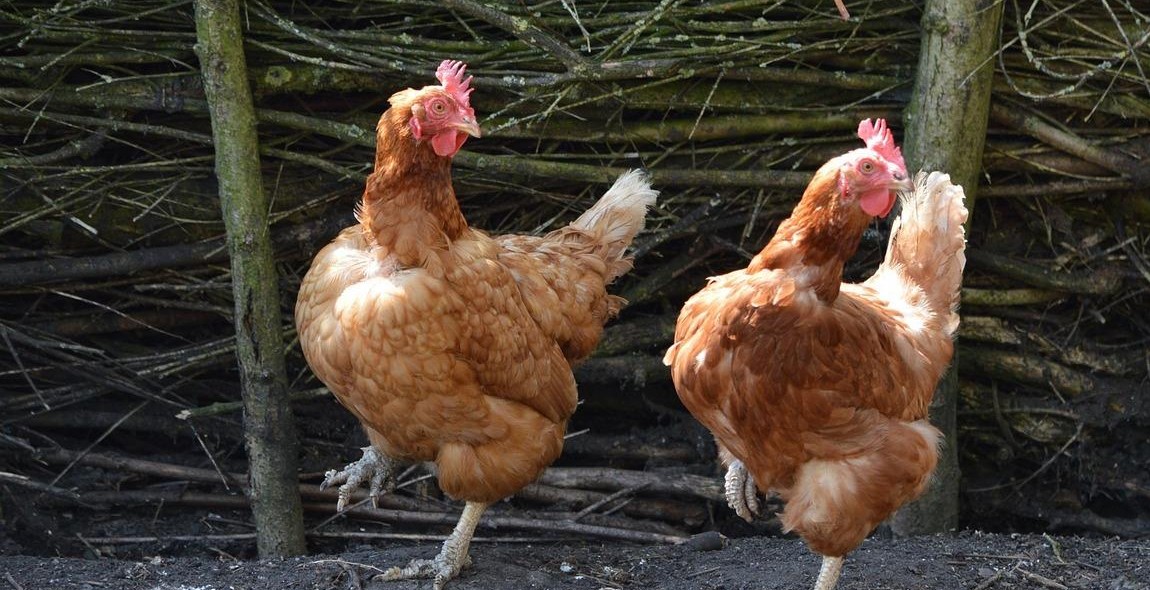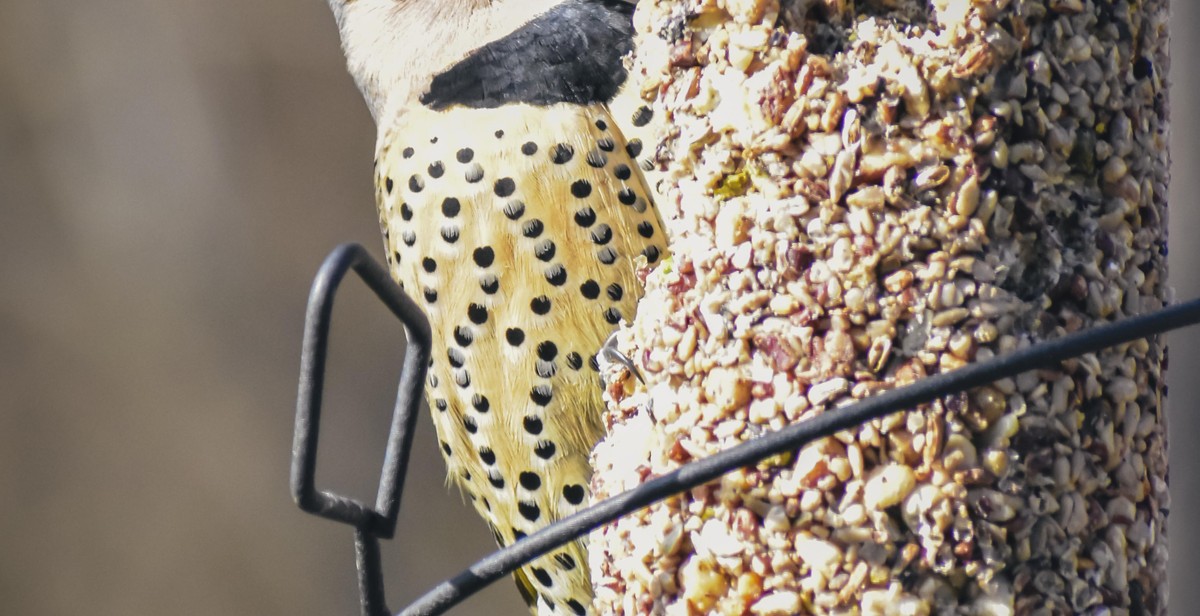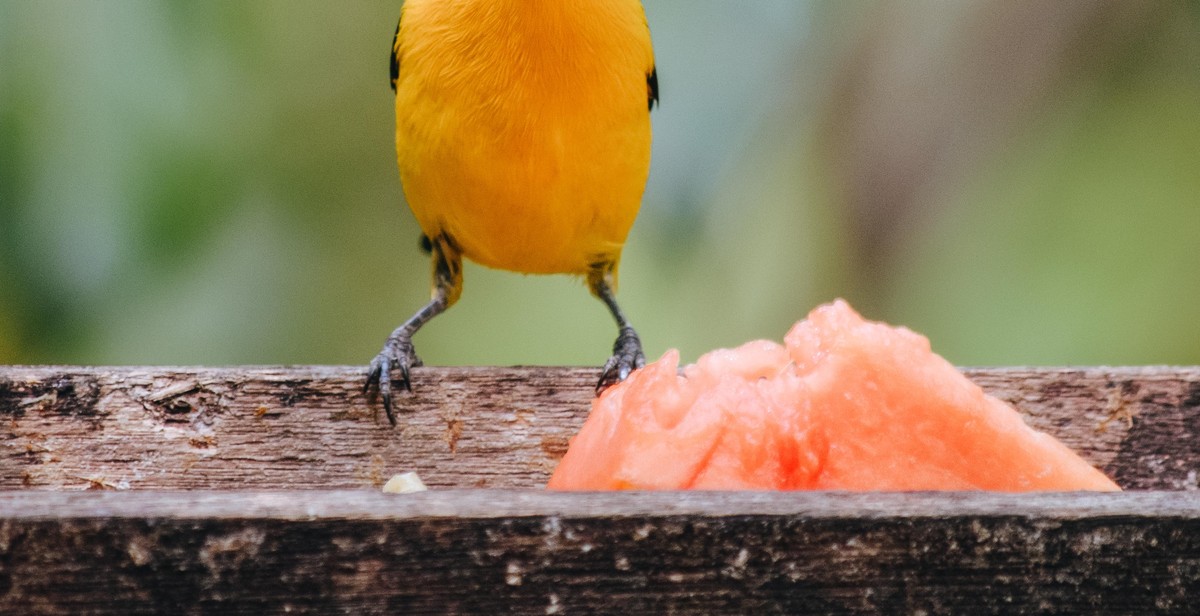How to Set Up a Bird Feeder in Your Garden: Attracting and Feeding Birds
Birds are a beautiful addition to any garden. Not only do they add a splash of color and movement to your outdoor space, but they also play an important role in maintaining a healthy ecosystem. One way to attract birds to your garden is by setting up a bird feeder.
Why Set Up a Bird Feeder in Your Garden?
By setting up a bird feeder, you can provide a reliable source of food for birds, especially during the winter months when food is scarce. This can help to support the local bird population and encourage them to visit your garden regularly. Additionally, watching birds at a feeder can be a relaxing and enjoyable pastime for bird enthusiasts and nature lovers.
Setting up a bird feeder is a relatively simple and inexpensive way to attract birds to your garden. With a little bit of planning and the right equipment, you can create a welcoming environment for birds and enjoy the beauty and benefits they bring.
In this article, we will guide you through the process of setting up a bird feeder in your garden, including the types of feeders and food to use, as well as tips for attracting a variety of bird species.
Choosing the Right Bird Feeder
When it comes to choosing a bird feeder, there are a few factors to consider. Different types of feeders are designed to attract different types of birds, so it’s important to choose the right one for the birds you want to attract. Additionally, you’ll want to think about the size and style of feeder that will work best in your garden.
Different Types of Bird Feeders
There are several different types of bird feeders available, each designed to attract a specific type of bird:
- Tube feeders: These are long, cylindrical feeders with multiple feeding ports. They’re great for attracting small birds like finches and chickadees.
- Hopper feeders: These are larger feeders with a platform and a roof. They’re great for attracting larger birds like cardinals and jays.
- Suet feeders: These feeders hold blocks of suet, which is a high-energy food made from animal fat. They’re great for attracting woodpeckers and other birds that cling to trees.
- Hummingbird feeders: These feeders are specifically designed to hold nectar, which is a sweet liquid that hummingbirds love. They typically have a red base to attract the birds.
Factors to Consider When Choosing a Bird Feeder
When choosing a bird feeder, there are a few factors to consider:
- Size: Consider the size of the birds you want to attract, as well as the size of your garden. A large feeder may be too overwhelming for a small space, while a small feeder may not attract the birds you want.
- Material: Bird feeders are typically made from plastic, metal, or wood. Each material has its own pros and cons, so consider which one will work best for your garden.
- Design: Some feeders are designed to be squirrel-proof, while others have unique features like built-in perches or multiple feeding ports. Consider which design features will work best for your needs.
| Feeder Type | Best For |
|---|---|
| Tube feeders | Small birds like finches and chickadees |
| Hopper feeders | Larger birds like cardinals and jays |
| Suet feeders | Woodpeckers and other birds that cling to trees |
| Hummingbird feeders | Hummingbirds |
By considering these factors, you can choose the right bird feeder to attract the birds you want to your garden.
Selecting the Right Location
Setting up a bird feeder in your garden is a great way to attract and feed birds. However, before you start, it is important to select the right location for your feeder. Here are some things to consider:
Ideal Locations for Bird Feeders
When selecting a location for your bird feeder, it is important to choose an area that is easily accessible to birds. Here are some ideal locations:
- Near trees or shrubs: Birds like to have cover nearby where they can hide from predators.
- In an open space: Birds need a clear view of the feeder and their surroundings to feel safe while feeding.
- Away from windows: Placing your feeder too close to a window can cause birds to fly into the glass and injure themselves.
How to Hang or Mount Your Bird Feeder
Once you have selected the ideal location for your bird feeder, it is time to hang or mount it. Here are some tips:
- Hanging your feeder: Use a sturdy hook or hanger to hang your feeder from a tree branch or a pole. Make sure it is at a height that is easily accessible to birds but out of reach of predators.
- Mounting your feeder: If you prefer to mount your feeder, choose a location that is secure and stable. A pole or post is a good option, but make sure it is firmly planted in the ground.
| Tip: | Keep your feeder clean and free of mold and bacteria to prevent the spread of disease among birds. |
|---|
By selecting the right location and properly hanging or mounting your bird feeder, you can create a safe and inviting space for birds to feed and enjoy your garden.

Choosing the Right Bird Food
When it comes to bird feeding, choosing the right bird food is crucial. Different birds have different dietary needs, and providing them with the proper nutrition can help keep them healthy and happy. Here are some factors to consider when choosing bird food:
Different Types of Bird Food
There are several types of bird food available, including:
- Seed: Seed is a popular choice for many birds, including finches, sparrows, and chickadees. There are different types of seed available, such as sunflower seeds, millet, and safflower seeds.
- Suet: Suet is a high-energy food that is made from animal fat. It is a popular choice for woodpeckers, nuthatches, and other birds that cling to trees.
- Nectar: Nectar is a sweet liquid that is popular with hummingbirds and orioles.
- Fruit: Many birds enjoy fruit, such as apples, berries, and bananas.
Factors to Consider When Choosing Bird Food
When choosing bird food, it is important to consider the following factors:
| Factor | Considerations |
|---|---|
| Location | Consider the types of birds that are native to your area and their dietary needs. |
| Season | Consider the time of year and the birds’ seasonal needs. For example, in the winter, birds may need high-energy foods to help them stay warm. |
| Feeder Type | Consider the type of feeder you have and the type of food that works best with it. |
| Budget | Consider the cost of the bird food and how much you are willing to spend. |
By considering these factors and choosing the right bird food, you can attract a variety of birds to your garden and help keep them healthy and happy.

Attracting Birds to Your Feeder
Setting up a bird feeder in your garden is a great way to attract different species of birds and create a bird-friendly environment. However, simply putting up a feeder is not enough to attract birds. You need to take some steps to create the right environment and attract birds to your feeder.
Creating a Bird-Friendly Environment
Before you set up a bird feeder, make sure that you have created a bird-friendly environment. This includes providing birds with food, water, shelter, and nesting sites. You can plant trees, shrubs, and flowers that provide food and shelter for birds. You can also install birdhouses or nesting boxes to provide nesting sites for birds. Additionally, providing a water source such as a bird bath or a small pond will attract birds to your garden.
How to Attract Birds to Your Feeder
Once you have created a bird-friendly environment, you can start attracting birds to your feeder. Here are some tips:
- Choose the right type of feeder: Different species of birds prefer different types of feeders. For example, some birds prefer tube feeders while others prefer platform feeders. Choose the right type of feeder based on the species of birds you want to attract.
- Use the right type of food: Different species of birds prefer different types of food. Some birds prefer seeds while others prefer suet or nectar. Use the right type of food to attract the birds you want to see.
- Place the feeder in the right location: Birds prefer feeders that are placed in a quiet and safe location. Place your feeder in a location that is easily accessible to birds but away from predators.
- Clean the feeder regularly: A dirty feeder can spread diseases and deter birds from visiting. Clean your feeder regularly to keep it hygienic and attractive to birds.
| Type of Feeder | Preferred Birds | Preferred Food |
|---|---|---|
| Tube Feeder | Finches, Chickadees, Nuthatches | Seeds |
| Platform Feeder | Jays, Cardinals, Doves | Seeds, Nuts |
| Suet Feeder | Woodpeckers, Nuthatches, Chickadees | Suet |
| Nectar Feeder | Hummingbirds, Orioles | Nectar |
By following these tips, you can attract a variety of birds to your feeder and create a beautiful and lively bird-friendly environment in your garden.

Maintaining Your Bird Feeder
Setting up a bird feeder is just the beginning of your bird feeding journey. To ensure that birds keep visiting your feeder, you need to maintain it properly. Here are some tips on how to maintain your bird feeder:
Cleaning Your Bird Feeder
Cleaning your bird feeder is essential to keep the birds healthy and prevent the spread of diseases. A dirty bird feeder can harbor bacteria, mold, and other harmful microorganisms that can make birds sick or even kill them. Here’s how to clean your bird feeder:
- Empty the feeder of any remaining seeds or food.
- Disassemble the feeder and remove any debris or old seeds.
- Wash the feeder with warm water and mild soap. Use a brush to scrub away any dirt or grime.
- Rinse the feeder thoroughly with clean water and let it dry completely before refilling it.
- Clean your bird feeder at least once a month, or more frequently if you notice any signs of mold or dirt buildup.
Monitoring Your Bird Feeder
Monitoring your bird feeder is essential to ensure that the birds are getting enough food and the feeder is in good condition. Here are some tips on how to monitor your bird feeder:
- Check the feeder daily to make sure there is enough food and the feeder is not damaged.
- Observe the birds that visit your feeder and note any changes in their behavior or appearance.
- Keep a record of the birds that visit your feeder and the types of food they prefer.
- Adjust the amount and type of food you offer based on the birds’ preferences and the season.
By following these tips, you can maintain your bird feeder and ensure that the birds in your garden are healthy and well-fed.
Conclusion
Setting up a bird feeder in your garden is a great way to attract and feed birds. However, it is important to choose the right type of feeder, the right location, and the right type of bird food. By following the tips and guidelines discussed in this article, you can ensure that your bird feeder is set up in the best way possible to attract a variety of birds to your garden.
Key Takeaways
- Choose the right type of feeder based on the birds you want to attract
- Place the feeder in a safe, visible, and accessible location
- Provide different types of bird food to attract a variety of bird species
- Clean and maintain your bird feeder regularly to keep it hygienic and safe for birds
Benefits of Setting Up a Bird Feeder
Aside from the joy of watching birds flock to your garden, setting up a bird feeder has many benefits:
| Benefit | Description |
|---|---|
| Helps birds survive during harsh weather conditions | Feeding birds during winter or drought periods can help them survive when food is scarce. |
| Provides a natural form of pest control | Birds can help control insect populations in your garden, reducing the need for chemical pesticides. |
| Enhances the beauty and diversity of your garden | Attracting a variety of birds to your garden can add to its natural beauty and diversity. |
Overall, setting up a bird feeder can be a fun and rewarding experience for both you and the birds. With the right setup, you can create a welcoming environment for a variety of bird species and enjoy their presence in your garden throughout the year.
